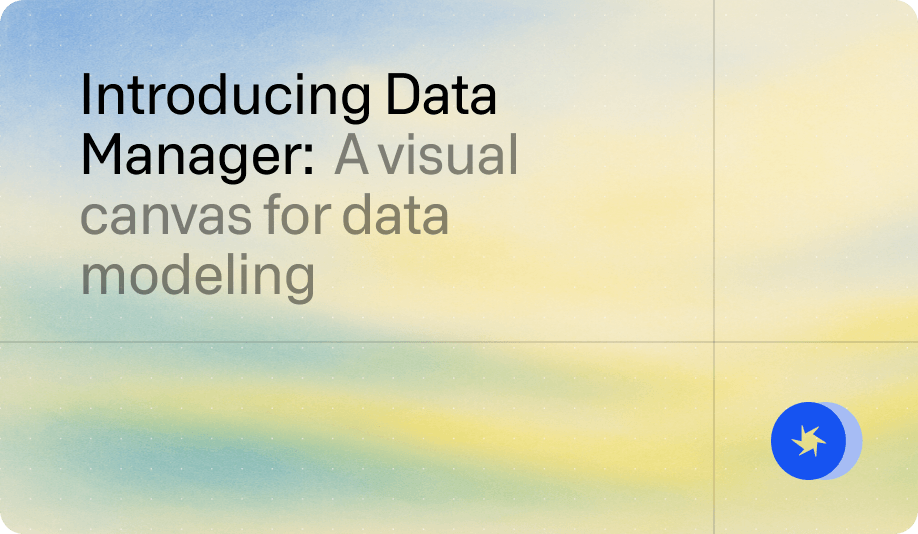The best way to produce the right metrics: Build your RMN on a composable architecture
Measuring the performance of your RMN (and the ads on it) is important. But these metrics won't matter much if your RMN isn't successful --- and the key to that success is building it on composable architecture. Choosing a composable solution brings a number of valuable benefits:
Fast time-to-value
By using your own data cloud as a foundation, a composable solution lets you get up-and-running fast. A short time-to-market means you start seeing value much sooner than with alternatives that require a slow start-up process.
Single, accessible source for first-party data
A composable layer on top of your data cloud lets you create an accessible single source of truth for your first-party customer data that you can trust to be accurate. You no longer have to rely on data analysts to pull reports from multiple places to gain a hodgepodge picture of your data.
Offer self-serve audience building
You can go one step further and create an audience builder that makes self-serve audience building simple. You won't need to lean on your experienced data analysts to parse the data. You can create custom audiences on your own, regardless of your skill level — making it much faster and easier to help advertisers start launching campaigns that get results.
Provide advertisers with additional self-service options
Forward-thinking retailers can potentially build a platform that lets advertisers deploy campaigns and view metrics in the same place they access audiences. Even better, AI agents can make suggestions for the best-performing channels and product recommendations for different audience sections. The more advertisers can do on their own, the less hand-holding your team needs to do, freeing you to focus on more value-driven activities. The technology is there, but not many RMNs offer this yet. Employing tech that enables this will put your RMN on the cutting edge.
Connects to your main advertising channels
You can skip all the extra work of moving data from one platform into another. A good composable solution, like a composable CDP or Compound Marketing Engine, will integrate naturally with top advertising channels like Meta, TikTok, and Google, so advertisers can use it to power multichannel campaigns and view metrics for all of them in one place.
Real-time performance metrics
Monitor campaign performance in real time in the same platform where you create audiences and run campaigns. You can give advertisers the information they need to refine ads and strategy as needed to improve results faster.
Maintains data security
Even though an RMN platform makes your data more accessible to employees at all skill levels, it still keeps your private information safe. And by building on your data warehouse, your data stays in your secure cloud, reducing data governance and compliance risks.
Drive significant ROI
With fast setup, powerful targeting options, and real-time access to performance data to refine your campaigns, a composable solution gives you the means to empower advertisers to achieve compound growth. That will keep them coming back, ensuring your profits increase as well.




